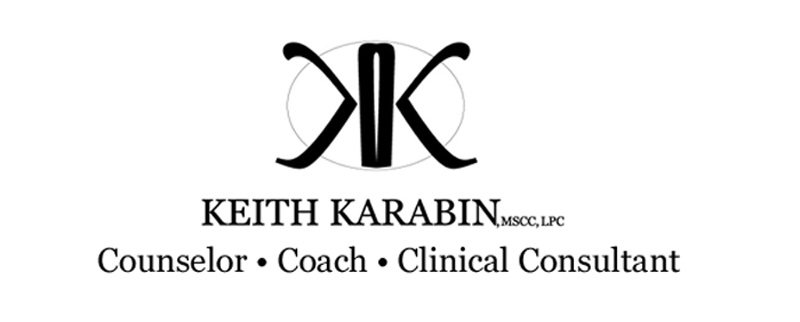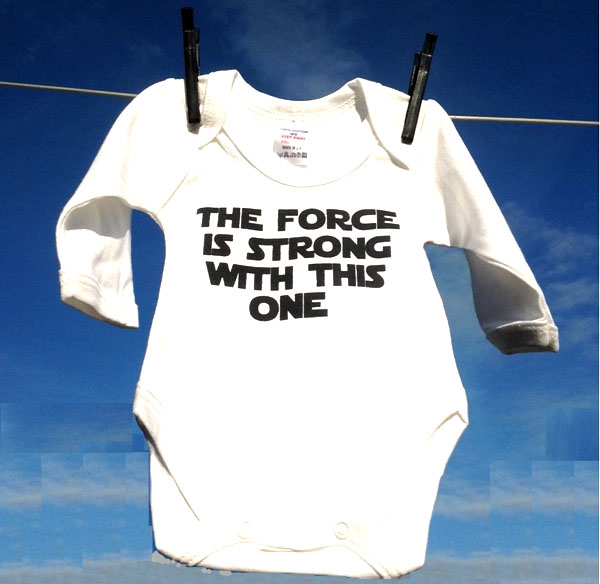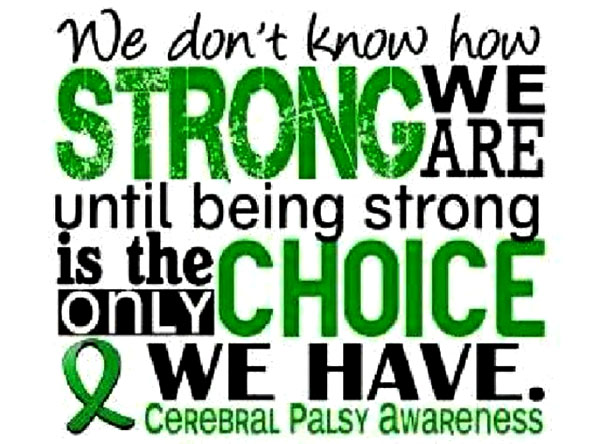I Am Not My Disability, Neither Are You
“I’m a big believer in overcoming and achieving and doing things and not feeling sorry for yourself.”
-Drew Carey, Comedian
At its core human development is the genetic expression of surmounted obstacles, be they ancestral or personal, since “genetics reveals that individual variability is due to the combination of the many variations in environment and experience that confront a growing person and the variability built into the biological mechanisms of heredity” (Newman, 2011, p.93). We are born adapters and “the genetic processes that regulate readiness for certain kinds of growth and vulnerabilities to particular kinds of stress” are active from the moment of conception, guiding the neurological, developmental and behavioral presentations that “contribute to systematic differences among individuals” (Newman, 2011).
Up until now I’ve never really mentioned that, by diagnosis, I’m categorized as disabled—to the point that I qualify for handicapped parking spaces, which I used in college when I was much less healthy, and chronically late for class. What you read about here is how I try and apply my current process of living Wellness in the daily kicking of my own ass. But, one does not grow to 400 lbs. as a healthy living, active person.
I realized that I never spoke in detail about not being defined by your disorder even though it’s something that I’m most passionate in working with my teens about and is how I live my life. I am not my disorder. I am not my disability. I am the living action of surmounting it. In genetics this is called plasticity, it “allows for differentiation and specialization” and furthers “responsiveness on an individual’s lifetime scale (Parisi, 2012). Plasticity across the lifespan is the mechanism through which therapy is effective as it allows a person to adapt beyond their genetic coding, like a right-hand dominant person learning to use their left hand if the right one becomes disabled (Newman, 2011).
I’ve come to realize that my passion to integrate living Wellness into as many lives as possible did not start with this site. In fact, I’ve come to realize even more, how much of this attitude started at my birth, and how I responded to being born defective (or so I was told).
Obstacles on the CP Pathway
“I am not my disability. I am the living action of surmounting it.”
-Keith, Me. I just said that right up there.
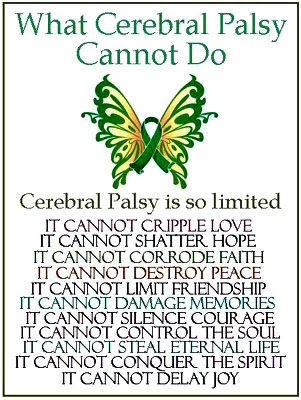 Cerebral Palsy occurs in about 2.0–2.5 per 1000 live births—roughly 0.25 percent—and those rates have remained fairly stable over the past 40 years of my life. I am one of the quarter percent; I am diagnosed with Cerebral Palsy, as a child I was told I had a “birth defect.” Though Cerebral Palsy is the most common cause of childhood disability, it is actually a group of permanent disorders of development and posture which “highlights the complexity of the complexity” of discovering the cause as it is a “group of disorders with different causes” (Reddihough, 2011, p.192). I was born with balance impairments, minor muscle deficits in my left leg and, most debilitating, the Achilles tendon in my left leg was too short to allow me to bend it. I can readily see how surgery, physical therapies, a modified shoe and a school implemented special physical education program that has helped me become very ambulatory. However, how I first got Cerebral Palsy, or “CP” as I grew up calling it, remains a mystery to my family and modern science.
Cerebral Palsy occurs in about 2.0–2.5 per 1000 live births—roughly 0.25 percent—and those rates have remained fairly stable over the past 40 years of my life. I am one of the quarter percent; I am diagnosed with Cerebral Palsy, as a child I was told I had a “birth defect.” Though Cerebral Palsy is the most common cause of childhood disability, it is actually a group of permanent disorders of development and posture which “highlights the complexity of the complexity” of discovering the cause as it is a “group of disorders with different causes” (Reddihough, 2011, p.192). I was born with balance impairments, minor muscle deficits in my left leg and, most debilitating, the Achilles tendon in my left leg was too short to allow me to bend it. I can readily see how surgery, physical therapies, a modified shoe and a school implemented special physical education program that has helped me become very ambulatory. However, how I first got Cerebral Palsy, or “CP” as I grew up calling it, remains a mystery to my family and modern science.
Clinical Assessment
Cerebral Palsy is classified by “motor type, topographical distribution and severity of the motor disorder” (Reddihough, 2011). Though I was never told outright, it appears that I have what’s called Spastic Diplegia CP because it affects my gait, with toe-walking and pigeon toe tendencies, along with the noted tendon and musculature issues. The “asymmetric movement patterns” of Hemiplegic topographical distribution effect my balance and left-side body control. Hemiplegia is more common in premature births, and “cerebral palsy presents with delayed motor milestones” or is “identified when there is a history of prematurity” (Reddihough, 2011, p.193). I presented with both. In severity, according to the Gross Motor Function Classification System, I am at GMFCS Level I “Children walk indoors and outdoors and climb stairs without limitation…perform gross motor skills including running and jumping, but speed, balance and co-ordination are impaired” (Palisano et al., 1997).
Risk Factors
In most cases, the cause of CP is unknown but most experts believe that risk factors must be distinguished from causes because “it is likely that in a significant proportion of children, CP results from a series of events or ‘causal pathways’ that culminate in motor damage” rather than a single cause (Reddihough, 2011, p.192).I was born at the end of the second trimester and my mom still calls me her “three pound premie.” Without any family history of Cerebral Palsy, these are the clearest markers on my causal pathway as Reddihough (2011, p.192) reported that the “known risk factors include low birth weight and prematurity, for example, infants of very low birth weight are 20–80 times more likely to have CP than infants of a birth weight of [over five pounds]” (Reddihough, 2011).
While prenatal events are “responsible for approximately 75% of all cases of CP, there is not clear understanding of what those specific events are” (Reddihough, 2011, p.192).In terms of stress and coping, but from a maternal level, “pregnancy is the 12th most stressful life change in a list of 43 life events…the woman’s attitude toward her unborn child may be pride, acceptance, rejection, or—as is usually the case—ambivalence…anxiety and depression as well as positive feelings of excitement and hopefulness” (Newman, 2011, p.112). I’m sure my mother was no different, especially having her first-born child with limited income.
It is clear that I had neurological and developmental risk factors, but they are not the most common. My mother’s age was average, she did not use of drugs during pregnancy or delivery, and as far as we know there was no exposure to environmental toxins. Though my parents were on their own and have told stories about having some difficulty making ends meet at times, there was no impact to my mother’s diet to the point of malnutrition (Newman, 2011). So the mystery remains, and is honestly not as important as the life beyond.
But What About YOU?
“It’s part of life to have obstacles.
It’s about overcoming obstacles; that’s the key to happiness.”
-Herbie Hancock
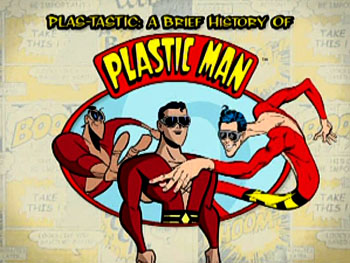 The evidence for my causal pathway is sound in that the more risk factors that the mother has to overcome in her environment, the more stress that the fetus encounters, “the greater the chance for disruption in neurological and behavioral development” (Newman, 2011). But, also according to Newman, “within the prenatal environment…for infants who carry the genetic markers for anomalies, the expression of these conditions may be less disruptive or less severe when fetal development has taken place in a healthy, fully resourced uterine environment. In contrast, even infants who would otherwise be healthy may suffer long-term negative consequences when they are exposed to a combination of teratogens and disruptive uterine conditions” (Newman, 2011, p.121).
The evidence for my causal pathway is sound in that the more risk factors that the mother has to overcome in her environment, the more stress that the fetus encounters, “the greater the chance for disruption in neurological and behavioral development” (Newman, 2011). But, also according to Newman, “within the prenatal environment…for infants who carry the genetic markers for anomalies, the expression of these conditions may be less disruptive or less severe when fetal development has taken place in a healthy, fully resourced uterine environment. In contrast, even infants who would otherwise be healthy may suffer long-term negative consequences when they are exposed to a combination of teratogens and disruptive uterine conditions” (Newman, 2011, p.121).
Thus, the case study comes full circle back to the surmounting of genetic obstacles. Perhaps the CP was a familial frailty in the DNA which, in my blending of chromosomes, could not be overcome but that a healthy uterine environment lessened. Perhaps the prenatal environment, premature birth and low birth weight were part of the causal pathway that led to CP. The answer is likely a bit of both. Regardless, every fetus must overcome the first external obstacle; birth.
Of those triumphant infants who survive the neonatal period, an estimated 3% to 5% of newborns are born with noticeable birth disorders and that figure jumps to 6% to 7%, for disorders that are diagnosed later in childhood, as mine was (Newman 2011). “From the age of about 2 years it is possible to predict likely motor outcome,” Dr. Reddihough said. At that point “advice can be given about the likelihood of independent walking or whether the child will be wheelchair-dependent” (2011, p.196). Once diagnosed “therapy to address movement problems and to maximize the child’s progress [was] incorporated into early childhood intervention and school programs,” and my case found a new causal pathway; one of positive plasticity; overcoming these obstacles with a wealth of blessings (Reddihough, 2011, p.195).
After birth, it’s not about diagnosis, it’s about how you overcome it; for me, for you. If right now you feel like depression, anxiety, addictive disorders, autism, bi-polar or any other disorder is who you are or how you have to live, please read this last paragraph closely. You were born with more solutions than problems, with the right point of view.
“Most inherited genetic information is shared by all human beings,” Newman said. I, and every person with a birth disorder, still share “two of the most relevant of these species-related characteristics…the readiness to learn and the inclination to participate in social interaction,” (Newman, 2011, p.89). Those two characteristics were the keys to overcoming the obstacle of my disorder. Though I may never know the cause of my CP, I got to know myself and my support system—mom, dad, therapists, doctors—very well. It is through them that I learned, what Jazz legend Herbie Hancock said above, life is “…about overcoming obstacles; that’s the key to happiness.” I am one of the .25 percent who is overcoming Cerebral Palsy and living out that happiness every day.
But what about you? Have you found your key to happiness? If not, I encourage you to check out part two of this journey, coming up soon, and to—right now—begin shifting your perspective. Everyone has obstacles in life, it’s how we define ourselves in surmounting them that make us truly different.
__________________________________________________
Newman, Barbara. Development Through Life: A Psychosocial Approach. 11th Edition.Cengage Learning, 2011. VitalBook file. Bookshelf.
Palisano, R., Rosenbaum P., Walter, S., Russell, D., Wood, E., Galuppi, B. (1997) Development and reliability of a system to classify gross motor function in children with cerebral palsy. [Chart] Developmental Medicine of Child Neurology. The Royal Children’s Hospital, Melbourne.
Parisi, M. (2012, November 29). Genetics Across the Lifespan-Putting it all together. Genetic In Primary Care Institute Webinar. Retrieved July 17, 2014 from http://www.geneticsinprimarycare.org
Reddihough, D. (2011) Cerebral palsy in childhood. Australian Family Physician, 40,192-196.
